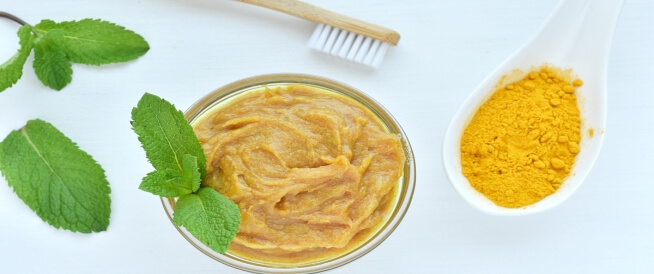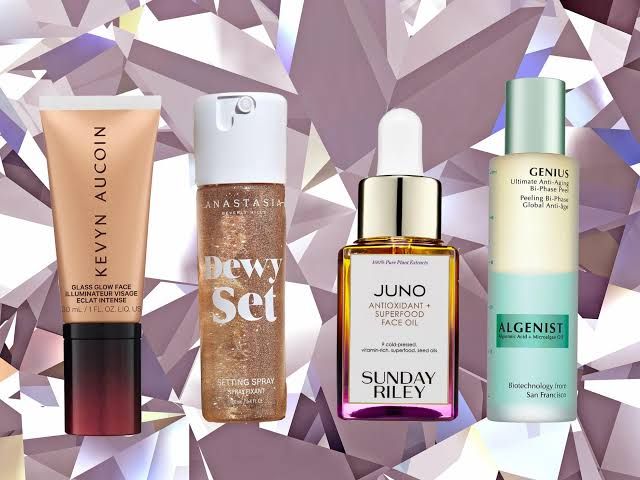
Skin care is now one of the most important parts of our daily routine. Cleansers, scrubs, serums, etc. cover our bathroom cabinets but sometimes we don’t see the desired results, so sometimes you need effective treatments. For example, chemical peels are a popular option for superficial skin care concerns such as hyperpigmentation and acne.
However, laser treatments can be an ideal alternative for treating hyperpigmentation as well as sun damage and fine lines. There are quite a few laser treatments on the market, but we’re here to share information about erbium laser resurfacing, a do-it-all treatment that treats everything from acne scars to sun damage. Keep reading to learn more about how erbium laser resurfacing works.
Erbium laser peeling: all you need to know
What is erbium laser peeling?
Erbium laser resurfacing is designed to remove moderate to superficial and deep lines and wrinkles on the face, hands, neck and chest. The erbium laser results in a narrower area of heating adjacent tissue than other laser skin regeneration methods. This results in a more concentrated removal of old skin cell layers. This means that the advantage of erbium laser resurfacing is minimal burning of the surrounding tissue and fewer side effects such as swelling, bruising and redness, so the recovery time should be faster than with carbon dioxide laser resurfacing.
Benefits of erbium laser peeling
Helps reverse sun damage
Treats fine lines, wrinkles and hyperpigmentation
May be safer for dark skin tone
How to prepare for erbium laser peeling
For starters, arrive at your appointment with clean skin. Second, you’ll want to avoid intense sun exposure and deep facial exfoliation at least four weeks before your treatment. These include chemical peels, microdermabrasion, and other laser resurfacing options. Finally, for specific guidance, talk to your doctor about using topical treatments such as Retin-A, glycolic acid, and vitamin C prior to treatment.
What to expect during erbium laser skin regeneration process
Before starting treatment, the skin is cleansed and numbed with a local anesthetic. Depending on the area(s) treated, the appointment can take anywhere from 30 to 45 minutes (for facials) and up to two hours for a full facial.
After treatment is completed, a non-adhesive bandage is applied to the treatment sites for a full 24 hours. After the bandage is removed, you will not be able to return to your usual skincare routine. Instead, you’ll clean your skin two to five times daily with a diluted saline or vinegar solution, depending on your doctor’s recommendation, and this will be followed by a moisturizing ointment to keep the skin hydrated to prevent irritation.








